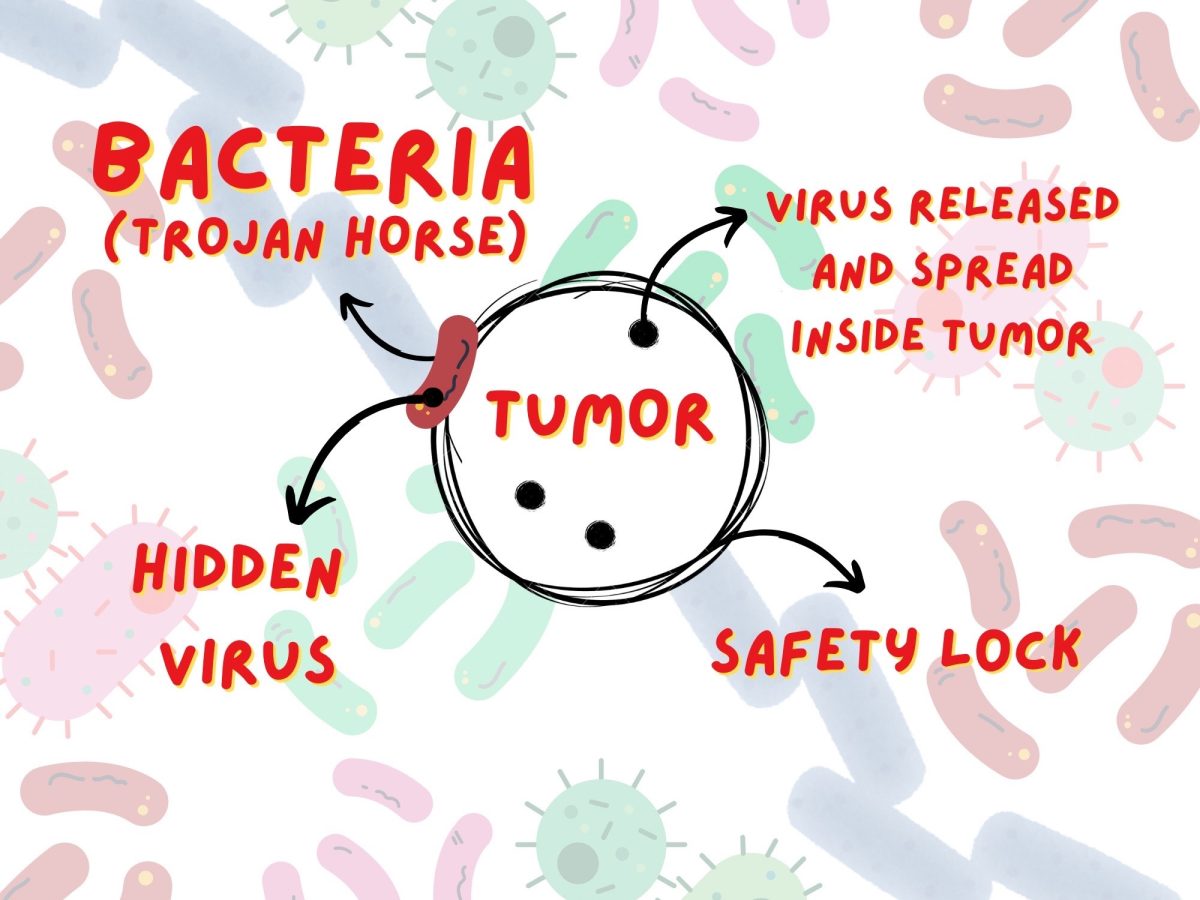In an approach to tackle its persistent rat problem, New York City has approved a pilot program to distribute contraceptive pellets to reduce the rodent population. The initiative, dubbed “Flaco’s Law” in memory of a beloved owl that died after consuming rat poison, aims to offer a humane alternative to traditional extermination methods.
The New York City Council passed the bill last week, allowing the deployment of ContraPest, a rodent birth control approved by the Environmental Protection Agency, in specially designed containers throughout selected neighborhoods. The pilot program will begin in the coming months, with the health and sanitation departments aiming to conduct monthly inspections to monitor the effectiveness of the contraceptive bait.
The decision to use birth control follows increasing concerns over the dangers associated with conventional pest control methods, which often include poisons that can harm non-target animals, including pets and wildlife. The tragic fate of Flaco, a Eurasian eagle-owl who captivated New Yorkers after escaping from the Central Park Zoo, brought these risks to the forefront. Flaco was found dead with rat poison in his system, prompting public outcry and legislative action.
This renewed initiative aims to replace methods that are not as environmentally friendly and sustainable. “Many of those methods have disastrous effects, like poisoning our pets and wildlife,” Councilmember Shaun Abreu, who introduced the legislation, said. “We’re going to containerize our trash, maintain our rat mitigation zones, and test out contraceptives as a tool we can add to our integrated pest management strategy.”
NYC is home to an estimated 3 million rats, a number that has prompted the city administration to prioritize rodent control. Mayor Eric Adams has described the fight against rats as a top priority, and the city appointed its first-ever “rat czar,” Kathleen Corradi, last year to lead efforts in addressing the issue.
The ContraPest pellets are designed to be appealing to rats, featuring a sweet taste that attracts them. The contraceptive works by targeting ovarian functions in female rats and sperm production in males, effectively sterilizing them and preventing future generations. The pellets will be placed in areas known for high rat activity, where they can be accessed by the rodents.
The program will be implemented in two pilot areas, which are still to be determined, and will focus primarily on residential neighborhoods where proper trash disposal measures are enforced. The Department of Health and Mental Hygiene, along with the Department of Sanitation, will collaborate on the project, conducting monthly inspections to assess how much of the bait is consumed.
The city has previously attempted similar measures without success. In the 1960s, a program introduced by then-Governor Nelson Rockefeller involved dosing rats with estrogen-laced food, but this strategy did not lead to a significant decrease in the rat population.
More recently, a joint program with the MTA placed contraceptives in subway stations, which also failed to produce notable results.
Despite these past challenges, proponents of the current initiative express optimism that ContraPest will be more effective. They emphasize the importance of combining multiple strategies to tackle the rat problem. “We can’t poison our way out of this, we cannot kill our way out of this,” Abreu said.
The pilot program is part of a broader effort to manage rat populations in the city, including ongoing trash containment measures and community education. Experts emphasize the significance of reducing accessible food sources for rats to complement the contraceptive strategy.
Kaylee Byers, an assistant professor at Simon Fraser University, highlighted the need for a multifaceted approach. “In a city like New York, where there’s food everywhere, they might choose to eat those other food sources instead of the bait,” she said.
Animal rights organizations have expressed support for the initiative, viewing it as a more humane solution compared to lethal methods. People for the Ethical Treatment of Animals praised the city’s efforts to prioritize non-lethal control methods over traditional poisons.
NYC’s rat problem has garnered global attention, with the city becoming known for its unique relationship with the rodents. Videos and social media posts showcasing rats in urban settings have even inspired a mini tourism industry, with “rat tours” becoming popular attractions.
The city will report its findings after a year of implementing the pilot program. City officials hope that the introduction of rat birth control will not only reduce the rodent population but also serve as a model for other cities grappling with similar issues.
As the program begins, the effectiveness of ContraPest in curbing rat populations remains to be seen. City officials are hopeful that this new approach will help mitigate one of New York’s most persistent urban challenges.








